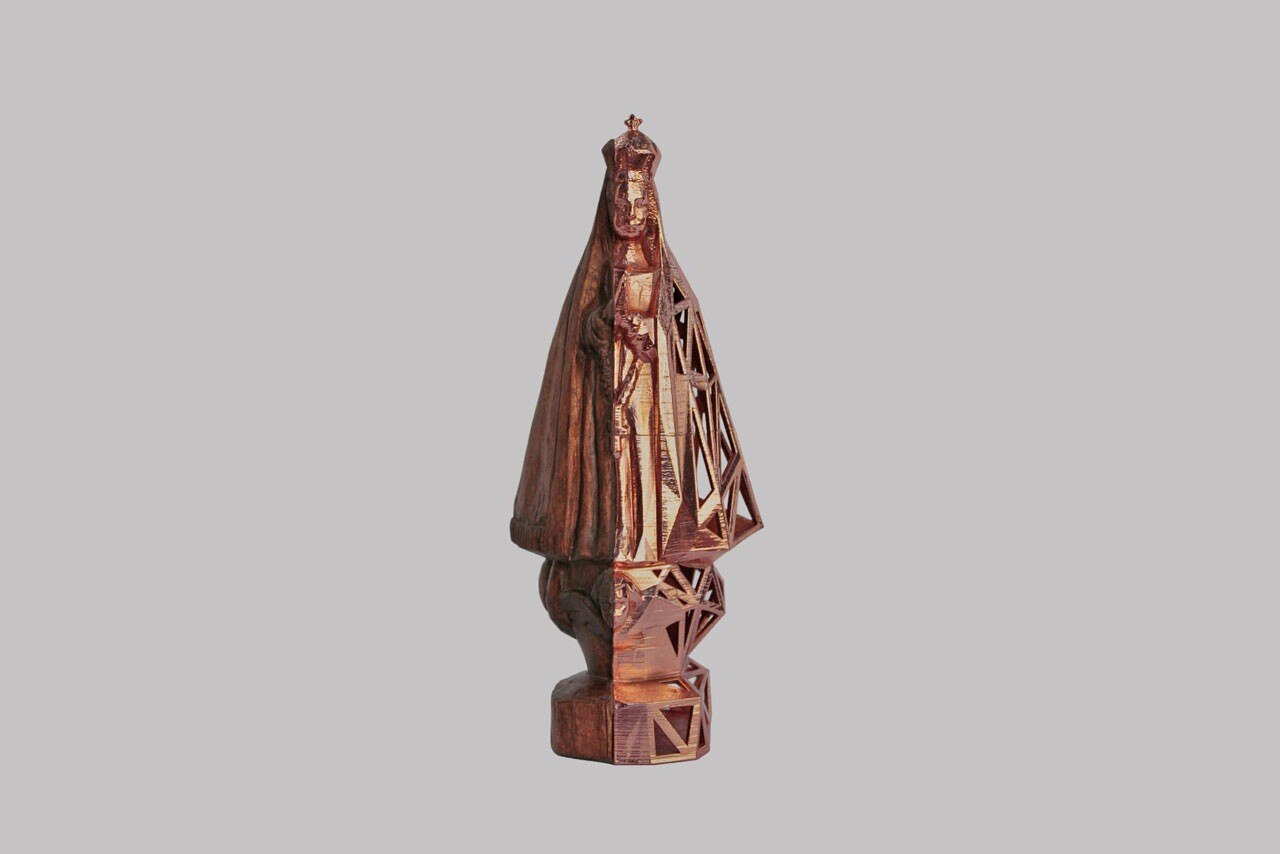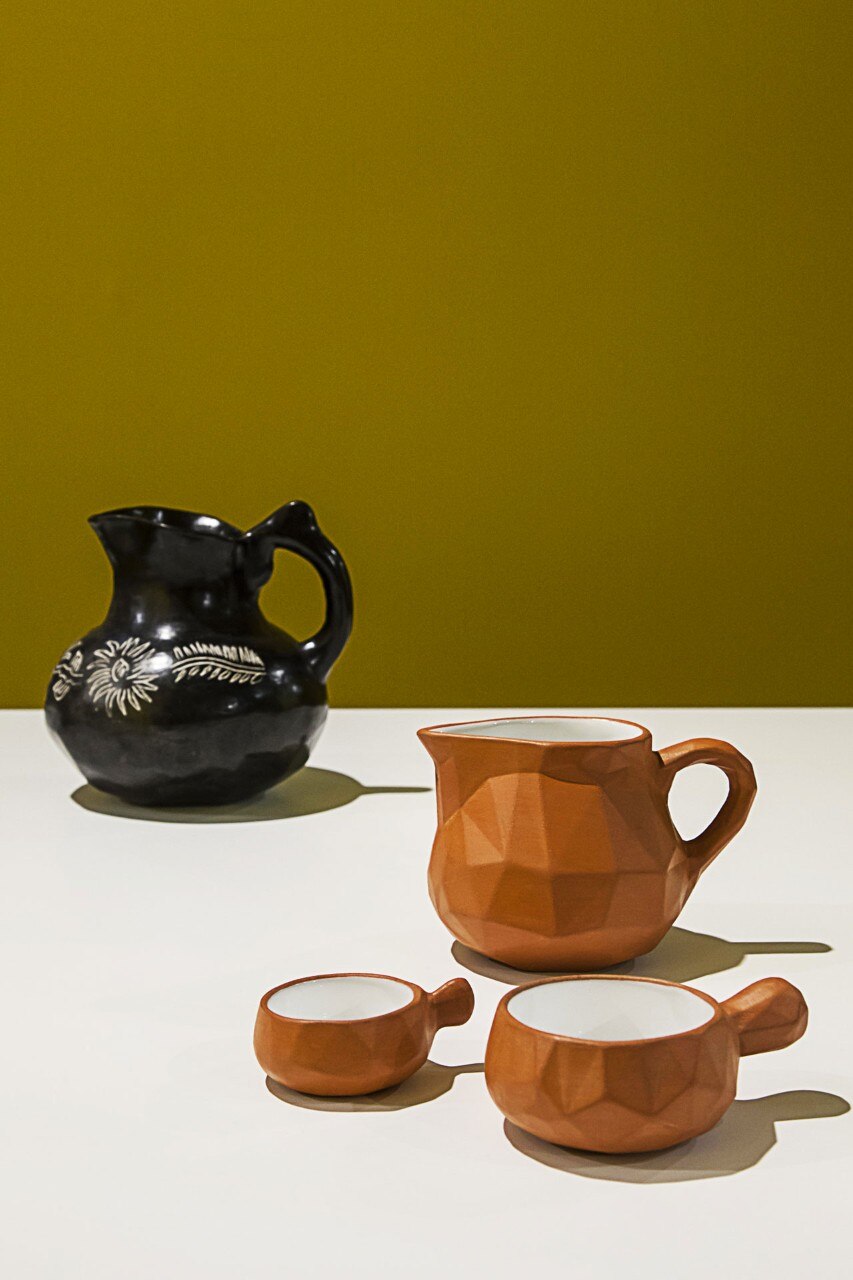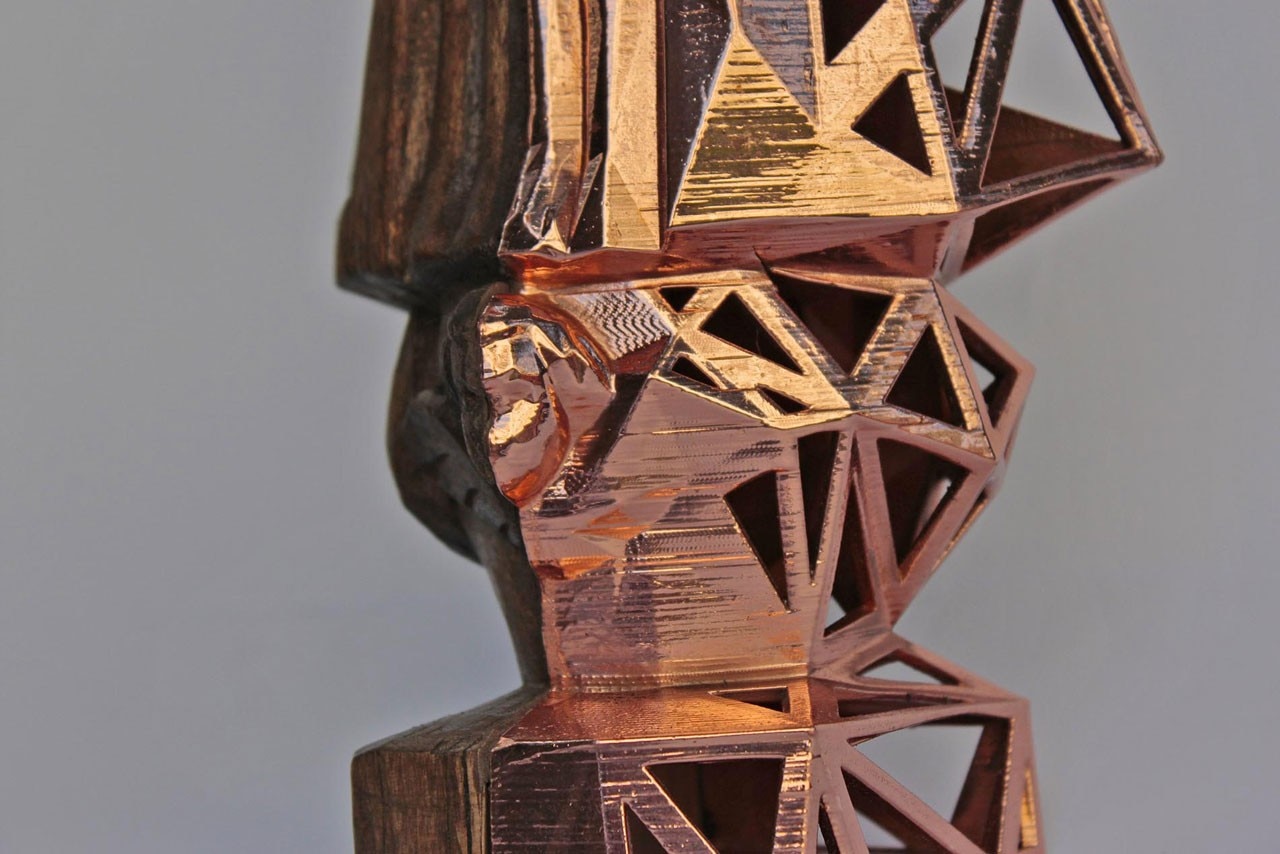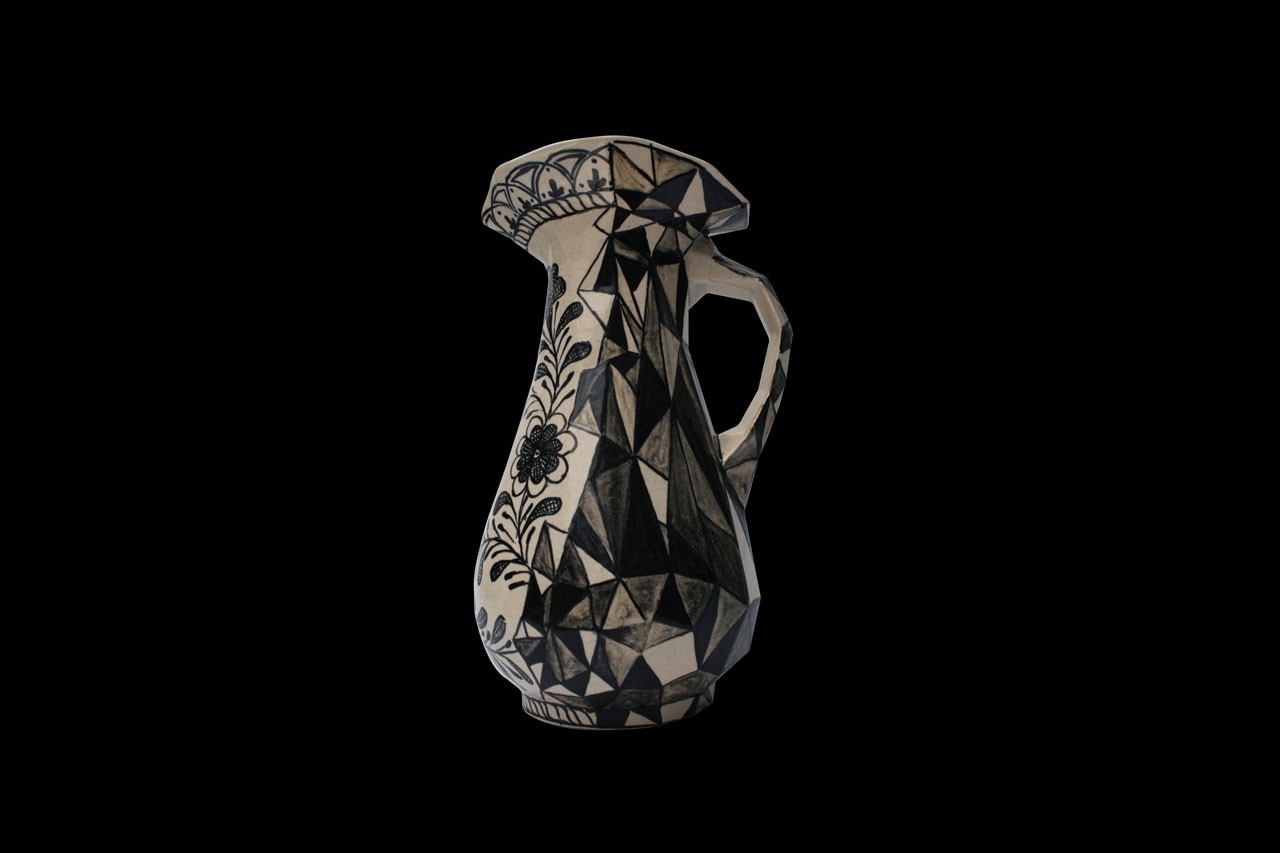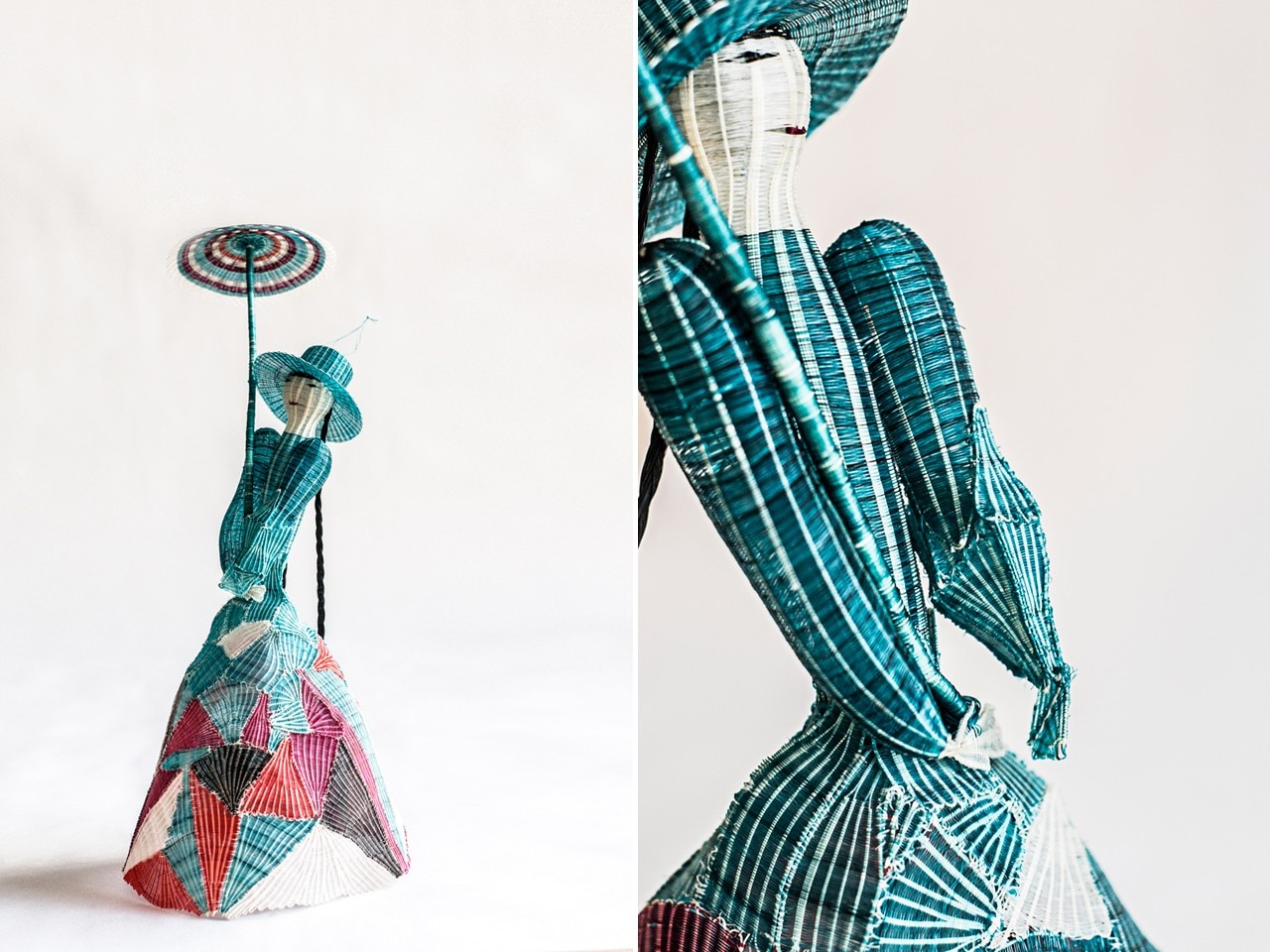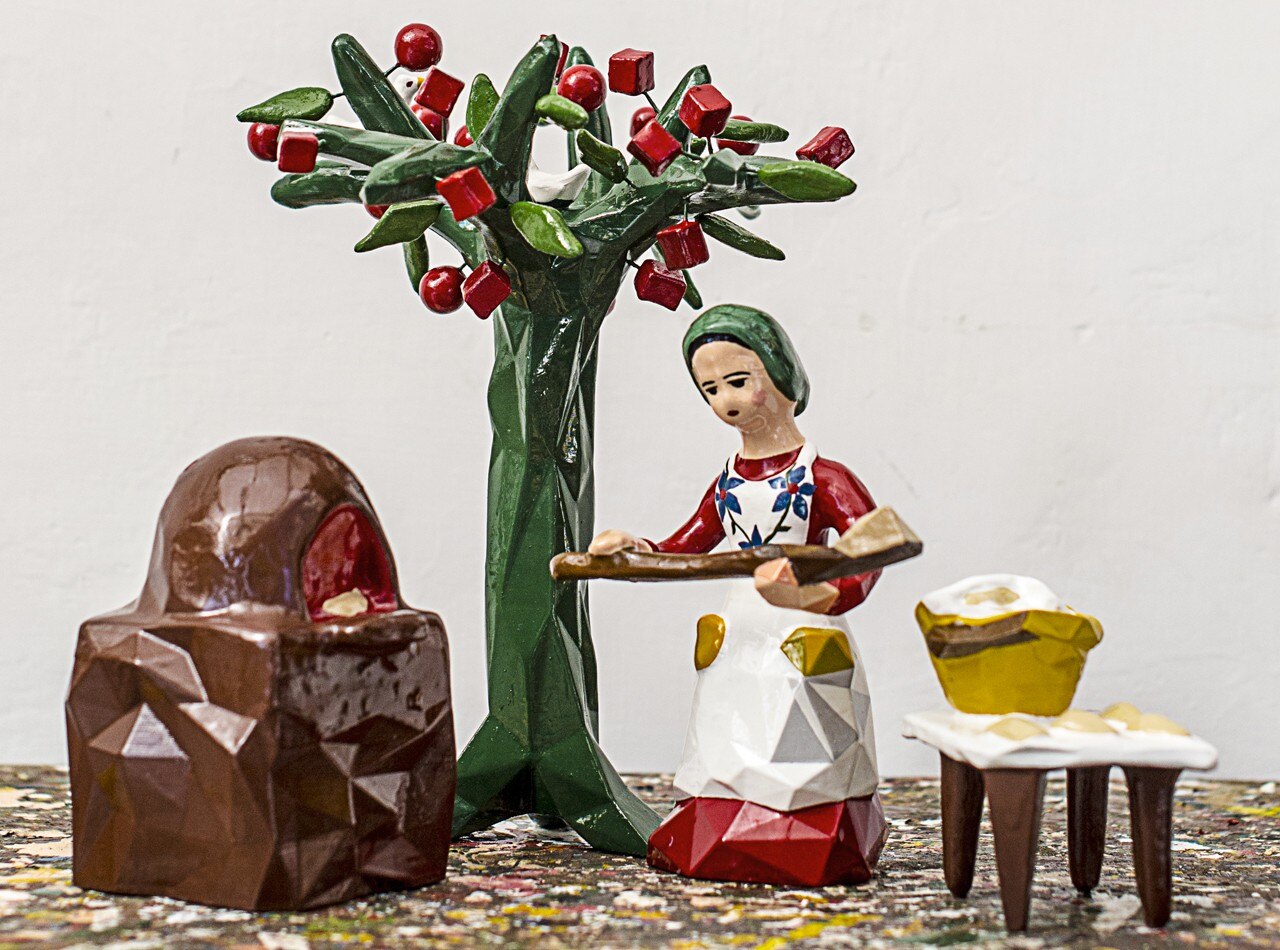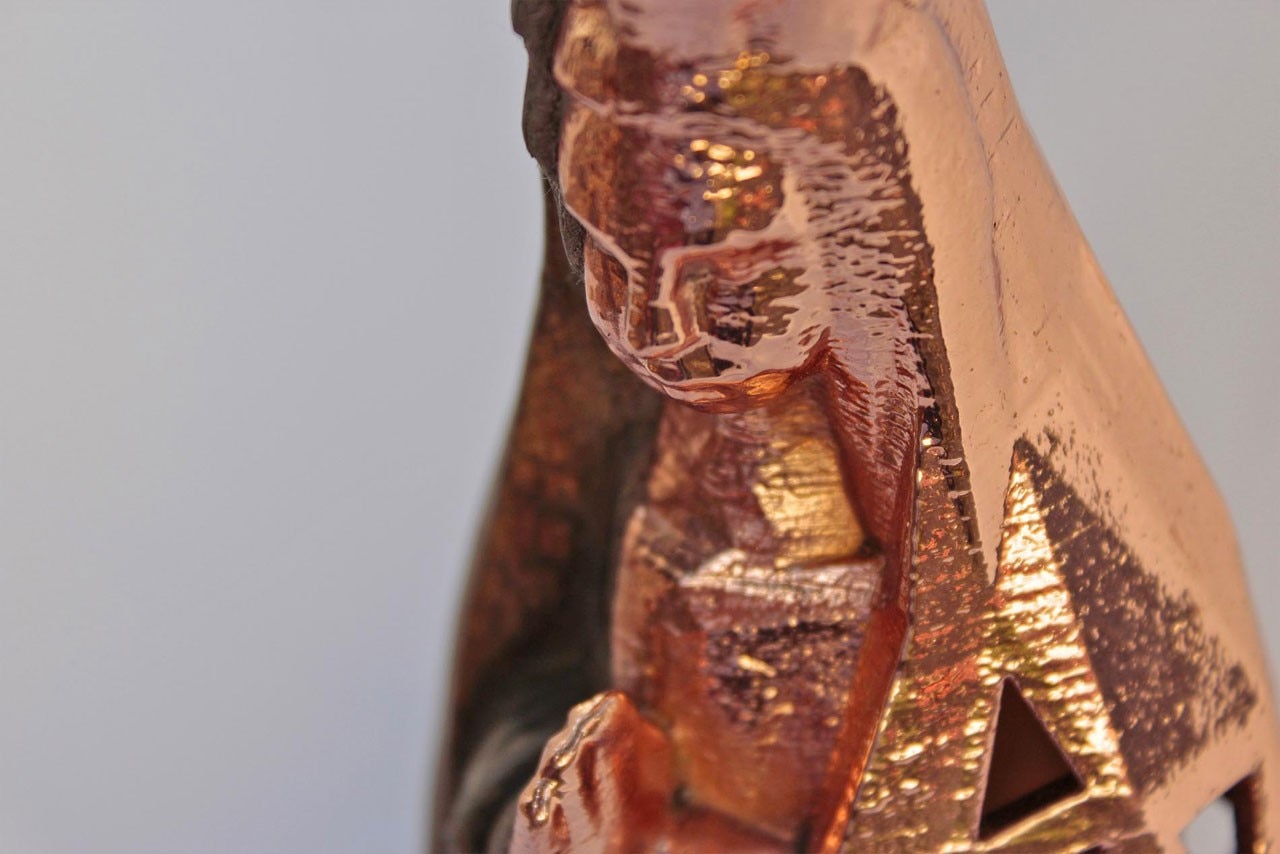While Chilean design is booming, gaining global recognition, traditional handicrafts are largely being left behind. In an attempt to bring these craftspeople to the attention of the wider commercial design industry, gt2p aims to create a network of traditional Latin American artisans.
